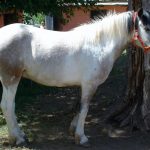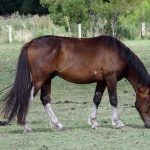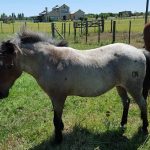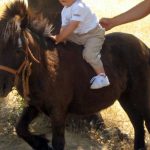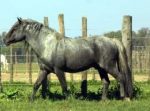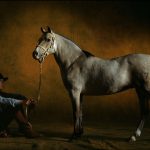Petiso Argentino
The Petiso Argentino is a breed of small, domesticated Argentine ponies that have a relatively new breed history. These are sturdy little animals are known for their compact yet sturdy looks and trotting skills. They are a very common breed, widely used in different parts of Argentina.
Petiso Argentino Pictures
- Petiso Argentino Horse
- Petiso Argentino Images
- Petiso Argentino Mare
- Petiso Argentino Pictures
- Petiso Argentino Ponies
- Petiso Argentino
Quick Information
| Physical Characteristics | Looks very similar to the Shetland pony, with the main difference being in the length of legs; displays clear influence of the Criollo; the legs are long; the exterior has proportionate looks; the head is small with small ears, while the legs and neck are strong and thick; the nose can be either straight or slightly convex; the heights at the withers vary significantly between individuals being anything between 110-140 cm |
| Temperament | Even-tempered, obedient, docile |
| Type | Riding Pony, Draft Pony |
| Colors | Available in all colors except Pied |
| Hair Coat | Thick, dense |
| Availability | Common |
| Height/Size | 10 – 12 hands (average stallions and mares) |
| Common Uses | General riding, endurance, agriculture |
| Lifespan/Longevity | Normal |
| Foaling | Once a year |
| Health Problems | Usually free from common equine diseases |
| Popular Traits | Strong and hardy, talented, smooth riding, economical to keep, good for children |
| Feeding/Diet | General equine diet |
| Country of Origin | Argentina |
| Influences | Shetland Pony; Welsh Pony; Criollo Horse |
| Time of Development | 20th century |
Video: Petiso Argentino Ponies taking part in Sports Show
History and Development
Breeding of the Petiso Argentino started in the mid 1900s by crossing small Shetland Ponies and Welsh Ponies that were imported by the farmers from Argentina in the first half of the 20th century. However, the conformation and the color of the Petiso pony, it is evident that there had also been an addition of the Criollo horse blood.
In 1982, a studbook was created dedicatedly for this new breed. Currently, the Petiso Argentino is considered to be a distinct breed. However, the Welsh Pony and the Shetland Pony are still recorded in the same herd book.


